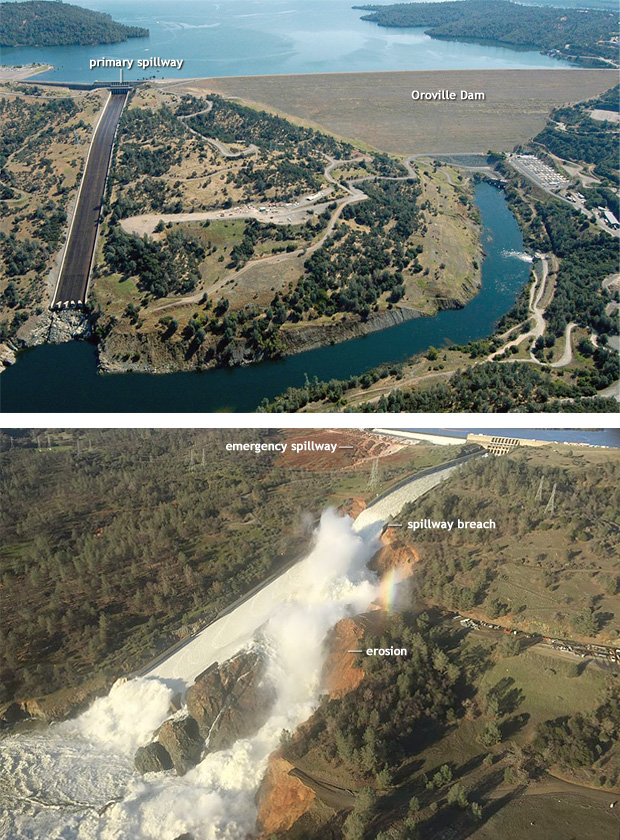
The study hopes its observations will help the search for ways to ‘reduce the large and significant biases between models and observations’. The article refers to a ‘mismatch between scientific knowledge and the actual ocean environment’.
– – –
Ocean motion plays a key role in the Earth’s energy and climate systems. In recent decades, ocean science has made great strides in providing general estimates of large-scale ocean motion, says Phys.org.
However, there are still many dynamic mechanisms that are not fully understood or resolved.
Prof. Su Fenzhen’s team at the Institute of Geographic Sciences and Natural Resources Research of the Chinese Academy of Sciences and their collaborators found that humans know less than 5% of the ocean currents at depths of 1,000 meters below the sea surface, with important implications for modeled predictions of climate change and carbon sequestration.














![Carbon cycle [image credit: NASA Earth Observatory]](https://tallbloke.wordpress.com/wp-content/uploads/2016/02/carbon_cycle.jpg?w=300&h=200)
![Arctic ocean near Barrow, Alaska [image credit: Beth Ipsen/Associated Press]](https://tallbloke.wordpress.com/wp-content/uploads/2015/10/barrow.gif?w=300&h=169)
![Global circulation of Earth's atmosphere displaying Hadley cell, Ferrell cell and polar cell [credit: NASA]](https://tallbloke.wordpress.com/wp-content/uploads/2015/05/nasa_cells.jpg?w=300&h=257)

![Spot the polar vortex [image credit: BBC]](https://tallbloke.wordpress.com/wp-content/uploads/2014/09/jetstream.jpg?w=300&h=168)

